10 Highlights From The Life Of The Ford Focus

The Ford Focus is no more, and this has made us sadder than the end of production of a small family hatchback really should make any well-adjusted human being. But the Focus wasn’t just a humdrum hatch – it was proof that driving fun and style didn’t have to be the preserve of the wealthy, and that anybody with a reasonably modest budget for a new car could get themselves something as good to look at and fun to pedal down a B-road as it was practical for nipping to the shops and doing the school run.
It also spawned some truly fantastic for-the-people performance cars over the years, continuing the time-honoured tradition of the Fast Ford right to the bitter end. In celebration of the Focus’ life, then, here are the 10 versions that have defined the car over the last 27 years.
The original
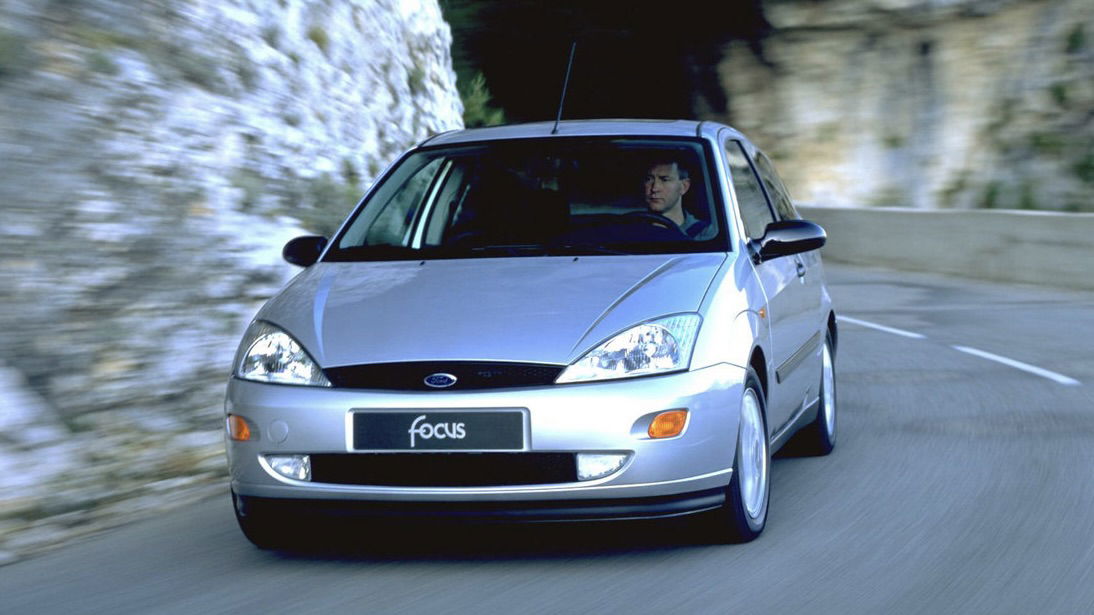
The first-generation Focus, launched in 1998, didn’t have any aspirations to be a performance car. Not at first, anyway. It was simply Ford attempting to right the wrongs of the limp, underpowered final versions of its predecessor, the Escort.
But in writing those wrongs, Ford gave us something with styling whose familiarity today hides quite how revolutionary it was at the time. Just look at it next to its two big rivals that launched around the same time – the Mk4 VW Golf and Vauxhall Astra G – and it becomes apparent quite how much its ‘New Edge’ styling must have made jaws drop in 1998.
Then there was its chassis design, overseen by the late handling wizard Richard Parry-Jones and featuring clever multi-link rear suspension when most rivals were still using old-fashioned torsion beams. All this helped bestow even the common-or-garden Focuses with the handling of something half its weight and composure of something three times its price.
Mk1 WRC

Just as it replaced the Escort in Ford’s road car line up, it succeeded the model as its World Rally Championship competitor too in 1999. The first iteration of Focus WRC wasn’t the most successful car of its era, never winning a manufacturers’ or drivers’ championship, but for anyone that was an impressionable young rally viewer in the early noughties, it’s this car, in Valvoline livery, that first springs to mind when someone says ‘Colin McRae’, rather than a blue-and-gold Subaru.
Moreover, when hunkered down and sitting on some big white five-spokes in asphalt trim, it still looks flipping sensational – good enough to forgive it for never winning a title.
Cosworth concept

It wasn’t long before Ford’s performance aspirations for the Focus became clear. At the 1998 LA Auto Show, it rolled out a concept teasing a spiritual successor to the hallowed Cosworth versions of the Sierra and Escort.
Cosworth fettled and turbocharged the 2.0-litre four-banger engine to the tune of over 200bhp, and chucked plenty of other special hardware at the Focus: a limited-slip diff, adjustable shocks, 14-inch Brembo front brakes and 18-inch magnesium wheels. It was all topped off by some ludicrous arch flares and smoked lights straight out of a period issue of Max Power. Though it never hit production in quite this form, it was a clear signal at Ford’s hot hatch intentions with the original Focus.
Mk1 RS

Those intentions would first lead to the North American SVT model and the similar Euro-market ST170, but the first-gen Focus’ performance zenith came in 2002 with the launch of the RS.
Though Cosworth was no longer involved, it was a similar recipe to the concept from four years earlier, bringing a 2.0-litre turbo mill churning out 212bhp. That sounds tame nearly 25 years later, but very few attempts had been made to send that much power through a front-wheel drive car before and the RS, despite the inclusion of a Quaife LSD, was an unsurprisingly wayward thing.
It went like stink, though, and looked sensational, resplendent in its sole paint option of Imperial Blue. We’ll charitably call its bright blue-accented seats and steering wheel ‘of their time’, though.
Mk2 ST

With a second-generation Focus arriving in 2004, it didn’t take long for the first hot one to arrive, with a new ST making itself known in 2005. And we really mean ‘make itself known’, with its lurid satsuma-hued paint and optional stripes making no apologies about the sort of person this car was aimed at.
It sought to compensate for accusations that the original ST170 hot hatch hadn’t really been that hot, too. Its solution? Leverage Ford’s ownership of Volvo at the time to borrow the Swedish manufacturer’s boosty 2.5-litre turbocharged five-cylinder, designed for power big saloons and estates but here stuffed into a hatchback and producing 222bhp – more than the previous RS had made. Like Dizzee Rascal on wheels, it was a bright, noisy, chaotic, wheel-cocking microcosm of the mid-noughties. We love it.
Mk2 WRC

At the end of the 2005 season, the second-gen Focus took over as Ford’s WRC contender too, and unlike its predecessors, it was an immediate success. It won eight of the 16 rallies on the 2006 calendar, snagging Ford its first Manufacturers’ title since 1979.
It then repeated the feat the following season, and by the time of its retirement at the end of the 2010 season, had racked up 28 WRC event wins – not bad for a car that only ran five full seasons, especially in the midst of Citroen’s Sébastien Loeb dominating the sport.
Mk2 RS500
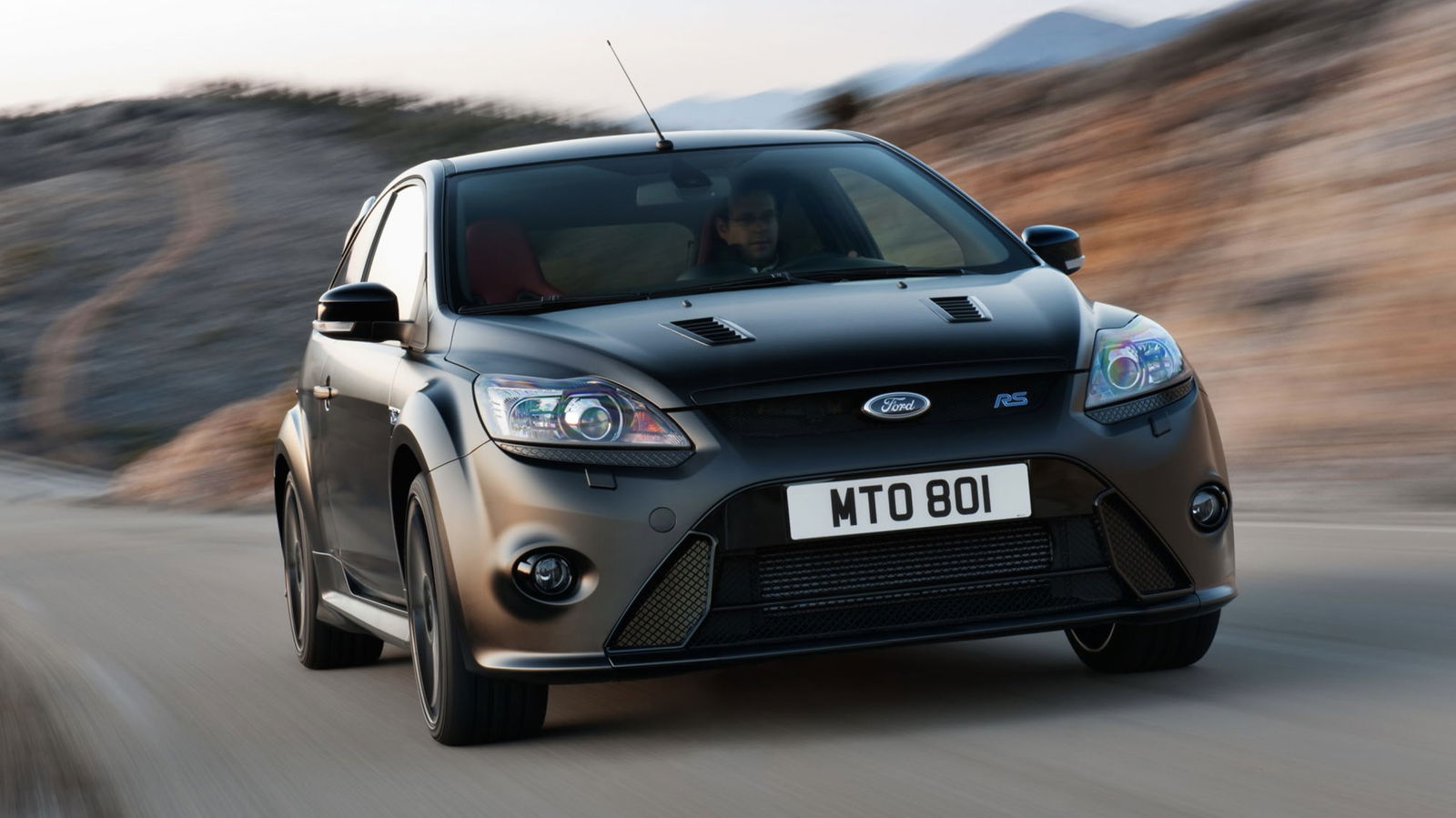
When the Focus RS returned for a second generation in 2009, it was an immediate hit, turning up the ST’s already lairy five-pot to the heady heights of 301bhp, and packing an innovative new front suspension design that helped quell its predecessor’s appetite for torquesteer.
It’s quite possible, though, that peak fast Ford arrived the following year with the limited-run RS500 (of which, yes, 500 were built). This matt black special edition (actually painted gloss black before being sent to a special facility to have a wrap applied) saw power bumped further still to 345bhp. It remains to this day the most powerful front-wheel drive hot hatch to ever go on sale.
Mk3 RS
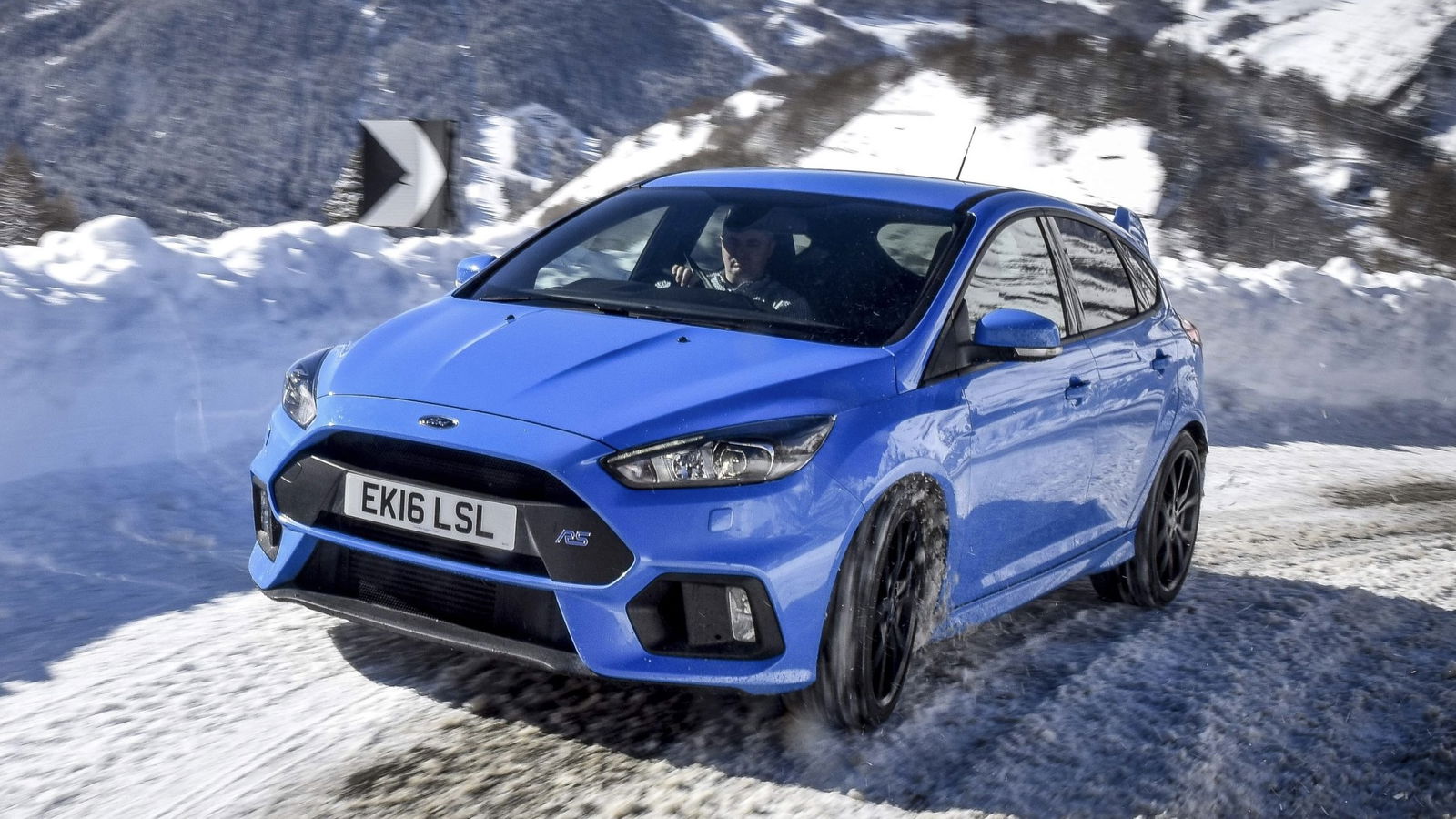
When the RS returned for a third time in 2015, it did so with a feature that had been rumoured ever since the original was in development 15 years earlier – all-wheel drive. It gained a meaty new motor, too, a 2.3-litre turbo four, just eclipsing the old RS500 with 350bhp.
It was that all-wheel drive system that really defined it, though. It was one of the first all-wheel drive hot hatches to get a now-commonplace torque vectoring system, able to send up to 70 per cent of the engine’s shove to the rear axle and then up to 100 per cent of that power to either rear wheel. It’s also the car responsible for the plethora of drift modes found in punchy all-wheel drive stuff these days, a function that should definitely, absolutely, categorically not be used in empty car parks at 2am.
Mk3 RS RX
With WRC regulations forcing Ford to switch to the smaller Fiesta (also RIP) from 2011, there were no top-level rally antics for the Mk3 Focus, but that didn’t mean it didn’t get to go racing. For his entry in the 2016 World Rallycross Championship, the late Ken Block, then at the height of his partnership with Ford, opted for a ludicrous widebody Focus RS.
The WRX cars of the time knocked out around 600bhp, and could hit 62mph in under two seconds in a flurry of antilag. All this made for pretty spectacular, sideways racing, especially with Block’s car decked out in his signature Hoonigan livery. Oh, and when he was wasn't rallycrossing it, he used it to skid about for Gymkhana 9, which we’ve embedded above as a reminder of quite what a sensational driver the man was.
Mk4 ST Edition
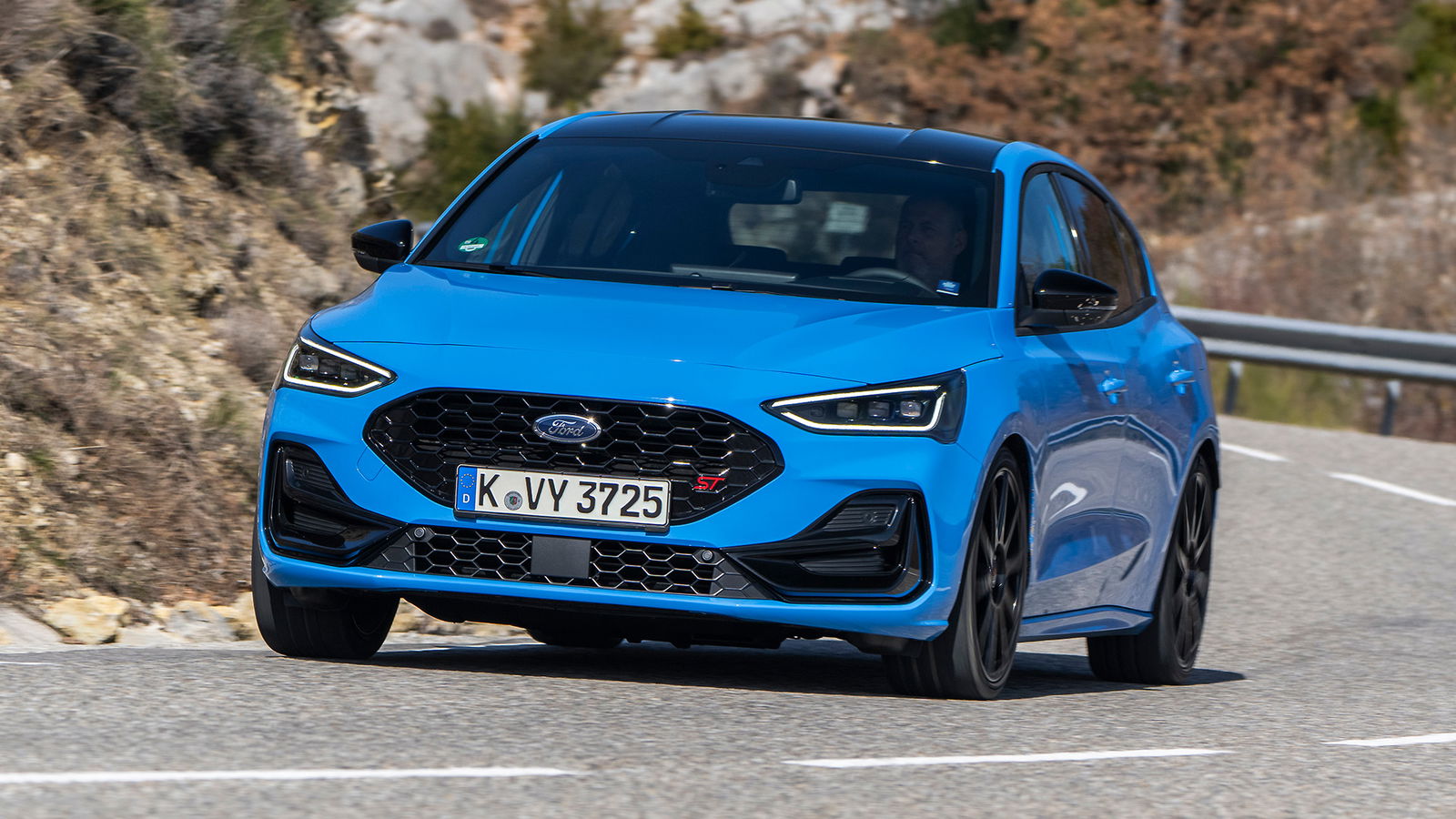
A fourth Focus arrived in 2018, and it’s this one that’s just been discontinued, marking the end of the car’s life. The Mk4 never got an RS version – Ford had initially planned one, with all-wheel drive and some form of hybrid system, but changing emissions rules and high costs saw it scrap the project in early 2020.
There was an ST, though, borrowing the 2.3-litre engine from the old RS albeit detuned to 276bhp. A fine thing it was, with a front e-diff helping keep the power in check and a standard manual gearbox making it one of a dwindling number of hot hatches to stick to the old-school recipe.
Its peak, appropriately, came right at the end of its life, with 2024’s facelifted ST Edition. This brought manually adjustable coilovers, beefier brakes and stickier tyres. Nothing major, then, and perhaps a little underwhelming for what was effectively a runout special, but as editor Ryan Hirons said when he drove the car earlier this year: “Those small changes only remind you how satisfying the Focus is.” We’re sad, then, that now nothing else will come along to remind us further.
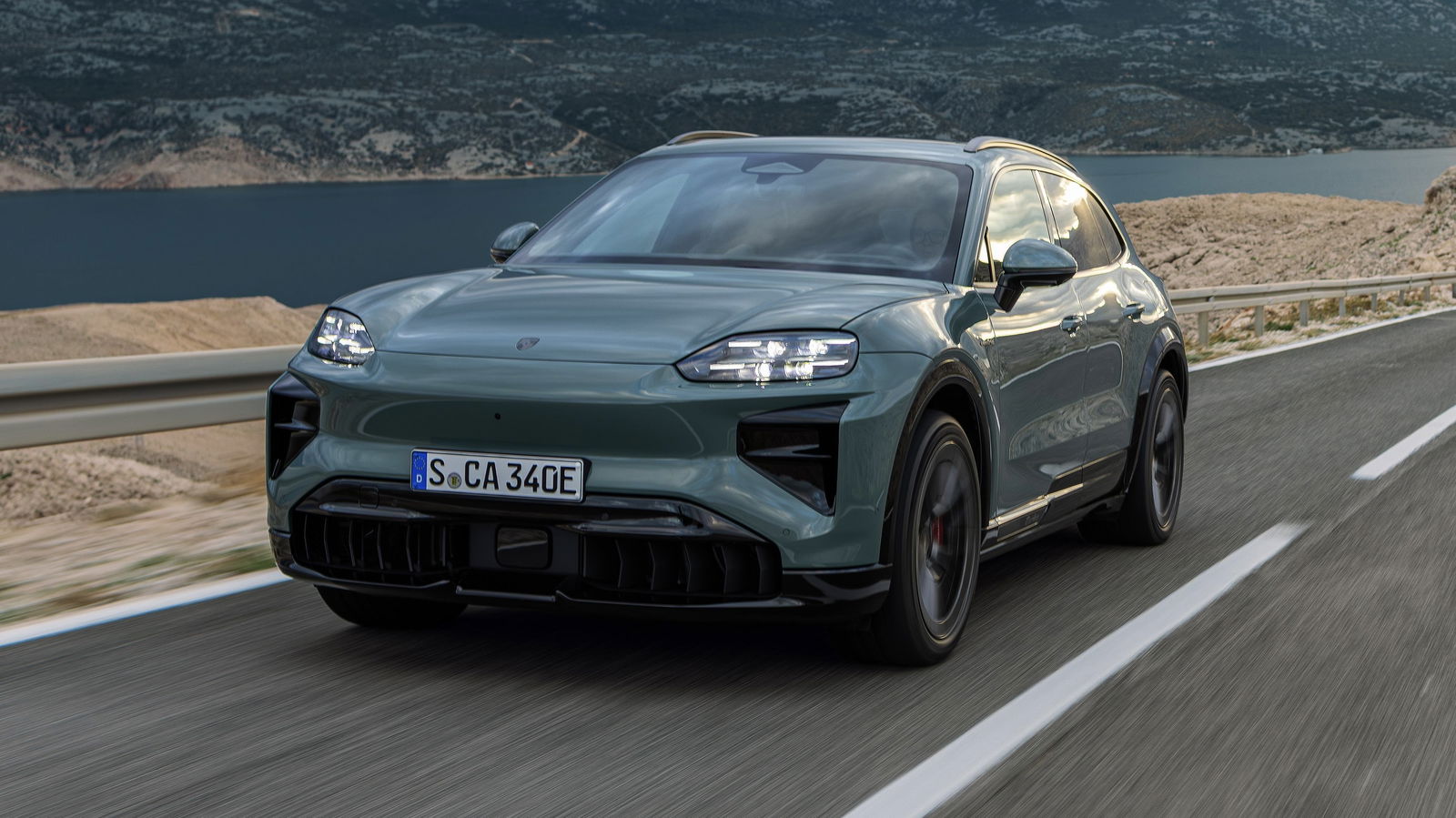





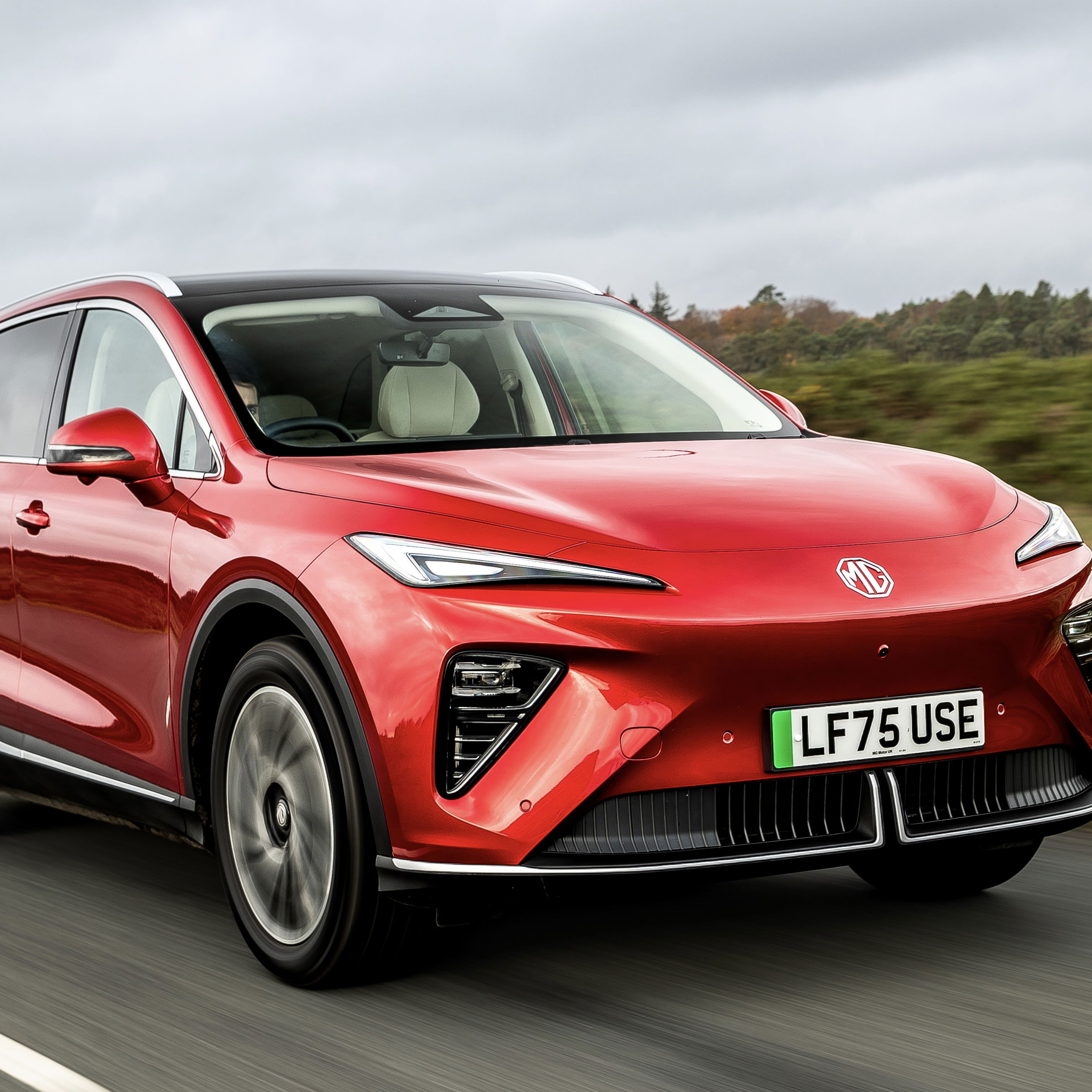


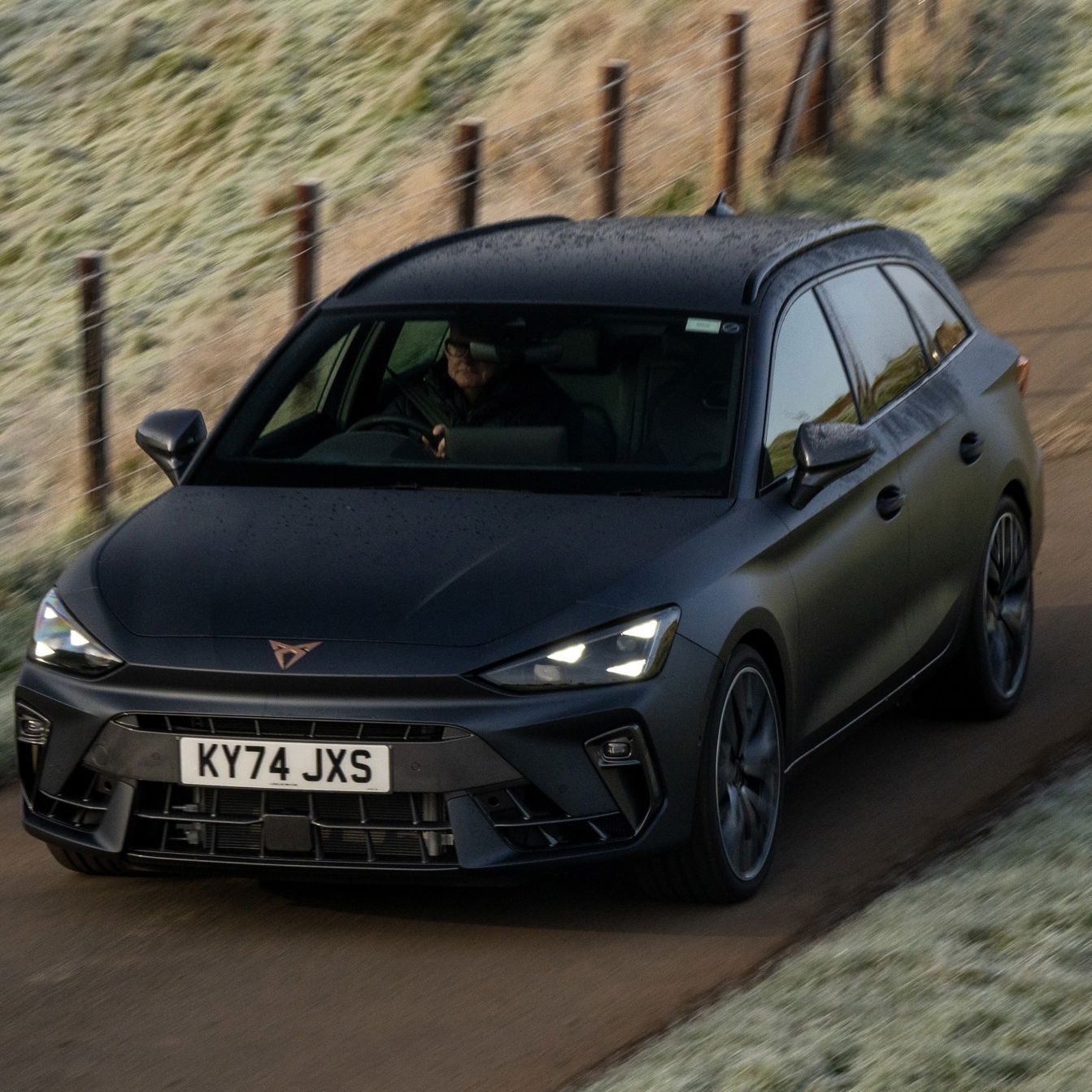




Comments